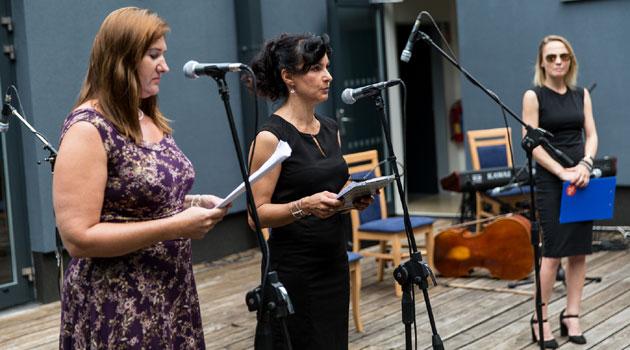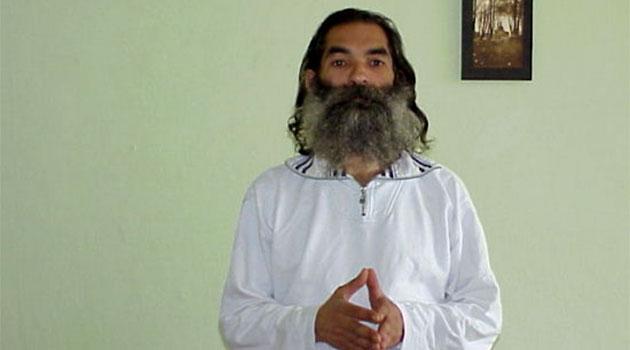Memorial to Holocaust of the Roma and Sinti opens in Hodonín u Kunštátu, Czech Republic

On 20 August the Museum of Romani Culture opened the Memorial to the Holocaust of the Roma and Sinti at Hodonín u Kunštátu in the Blansko district of Moravia, where a so-called “Gypsy Camp” was in operation during the Second World War. The opening involved a commemorative gathering to honor the memory of the victims.
Museum director Jana Horváthová said three exhibitions have also been opened at the memorial. They feature archaeological discoveries from the former “Gypsy Camp” at Lety in the Písek district of South Bohemia, student work on the subject of the Holocaust, and an exhibition about genocide.
The memorial was built at a cost of almost CZK 100 million [EUR 4 million] over five years by the Pedagogical Museum of J.A. Comenius in Prague. The Museum of Romani Culture took over administration of the site last year and has continued making improvements to it.
Next year an exhibition commemorating the fates of the Romani people who were imprisoned there should be ready for public viewing. At the memorial site a remembrance gathering was held to mark the 76th anniversary of the mass transport of Romani children, men and women from the Hodonín concentration camp to the extermination camp at Auschwitz.
The Museum opened the memorial to the public on this occasion. According to the director, from now on the facility will be accessible from April to October on Wednesdays through Sundays from 10:00 to 18:00.
The memorial currently offers three exhibitions housed in the former barracks for guards and for prisoners. One is about genocide, one is about student work on the subject of the Holocaust, and one shows the archaeological discoveries at Lety, where a parallel concentration camp for Romani people existed during the war.
The Museum is also planning to build a memorial at Lety. The exhibition at Hodonín, according to Museum spokesperson Lucie Horáková, features personal items that most probably belonged to the Lety prisoners as well as building materials from the camp’s structures that have survived.
Beads, buttons, door handles and nails from Lety are now on view. The commemorative ceremony at Hodonín was attended by 70-year-old Jiřina Somsiová of Olomouc, whose parents passed through both the Hodonín concentration camp and others elsewhere during the war.
“I am grateful this memorial has been built, the Roma deserve it. We can meet here every year to light a candle. What happened during the horrors committed against people at that time was madness. We are making sure this will never be erased from memory,” she said.
The authorities of the Protectorate of Bohemia and Moravia concentrated Romani people from Moravia in the so-called “Gypsy Camp” at Hodonín u Kunštátu from August 1942 until September 1943 prior to their transport to Auschwitz. Of the 1 396 adults and children who passed through the facility, 207 died there.
